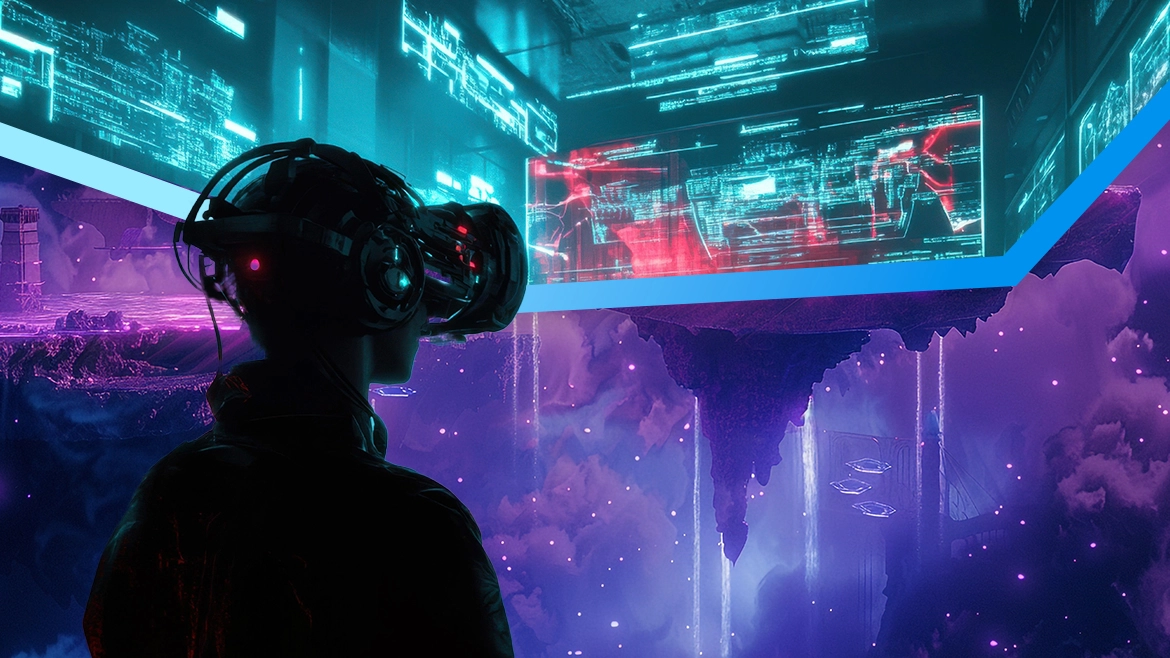The concept of switching between alternate realities has long been a favorite of science fiction. Films like Everything Everywhere All at Once and Doctor Strange imagine universes where people can leap from one timeline to another with ease. While actual multiverse hopping remains squarely in the realm of fiction, today’s technology is getting better at creating immersive experiences that can feel like stepping into a different world.
At the forefront of this development is extended reality (XR), a fusion of augmented reality (AR), virtual reality (VR), and mixed reality (MR). These tools already let users experience radically different environments, whether it’s walking through a Martian landscape or reconstructing historical cities. Companies like Meta, Apple, and Sony are investing billions in headsets and platforms that aim to make these shifts feel more natural, intuitive, and responsive.
But the future of immersive technology may go deeper than visuals. Neural interfaces, still in early development, offer the possibility of more direct interaction between the brain and machines. Startups like Neuralink and Paradromics are experimenting with brain-computer interfaces (BCIs) that read and potentially influence brain activity. In theory, such systems could someday adjust sensory perception in real time, modifying how we hear, see, or feel, and creating a deeper sense of immersion in digital environments.
Quantum computing also enters the conversation, but mostly in a metaphorical way. Some theorists speculate that these machines could eventually simulate highly complex systems, including hypothetical alternate scenarios. However, this is not the same as accessing real alternate universes; quantum computing does not provide a gateway to parallel timelines. Its primary relevance here is in computing power, not metaphysical travel.
The ethical implications of such technologies are as important as the technical ones. If virtual experiences become indistinguishable from reality, what happens to our sense of self, agency, or truth? Could people choose to escape permanently into synthetic worlds? And who decides the boundaries between simulation and reality?
While the idea of flipping a “Reality Switch” remains a metaphor, the building blocks for more immersive, responsive, and even brain-connected experiences are being assembled today. What we create next won’t take us to another dimension, but it may very well blur the lines between this one and the digital realms we design.
The Reality Switch: Could We Engineer Devices That Let You Instantly Shift Between Alternate Realities?
752


